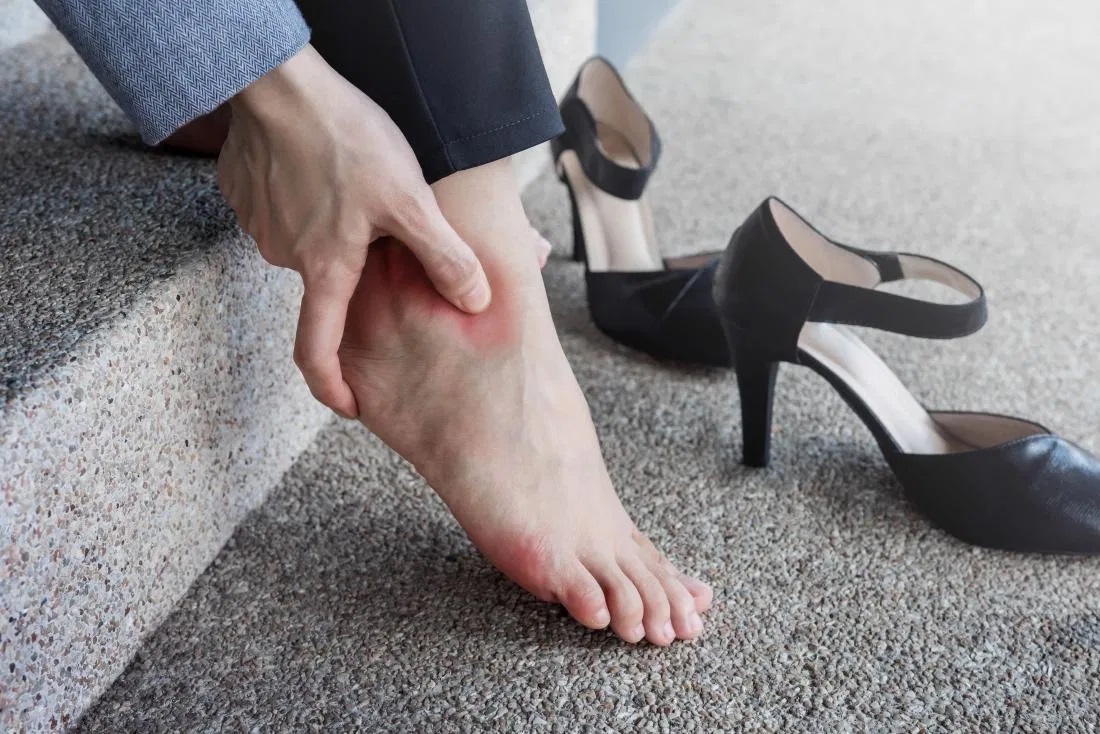Your heel bone is comprised of a huge structure called the calcaneus. This is associated with the base of your foot by tough connective tissue called fascia. In the event that the layers of connective tissue become harmed or start to deteriorate because of mileage, plantar fasciitis may create. Plantar fasciitis is a genuinely normal condition that regularly concurs with heel spikes, one doesn't prompt the other.
Rather, this harm in the connective tissues can prompt an anomalous development of calcium on the bone of your heel. After some time, this calcification can jut into a kind of "prod" shape. As should be obvious in the accompanying picture, a genuine development of this material is noticeable on an X-ray.
Heel Spur Causes
A heel spur normally creates because of wear and tear after some time. As noted, before, this prompts the degeneration of connective tissue called fascia. As the body endeavours to fix the harmed tissue by conveying calcium to the influenced locale, an excessive amount of calcium can start to amass, prompting pain.
Along these lines, a portion of the more typical hazard factors for heel spurs include:
- Standing for long times, as in work that keeps you on your feet throughout the day
- Wearing shoes that don't offer viable curve help, for example, heels
- Walk irregular characteristics
- A high BMI, because of the expanded weight on the feet
- Standard incredible movement, particularly new projects that aren't slipped into
- Escalated preparing schedules or sports
- Ineffectively oversaw diabetes
- Expanding age
- Level feet or high curves
These elements can expand your danger of redundant pressure wounds that are related with the development of heel spurs.
Heel Spur Treatments
With regards to heel spur pain, counteraction is the best treatment. You can peruse progressively about heel spur avoidance in our post "28 Heel Pain Treatments, Home Remedies, And More." This examines a greater amount of the at-home medications and right kinds of shoes to wear to forestall pain.
Numerous individuals with gentle to direct pain can discover alleviation by:
- Rest
- Maintaining a strategic distance from practice on hard surfaces
- Icing your heel
- Assuming control over-the-counter drugs, similar to ibuprofen, when pain erupts
- Appropriately extending and heating up your feet and calves
- Wearing strong shoes or orthotic gadgets
- Utilizing night braces
- Experiencing non-intrusive treatment

